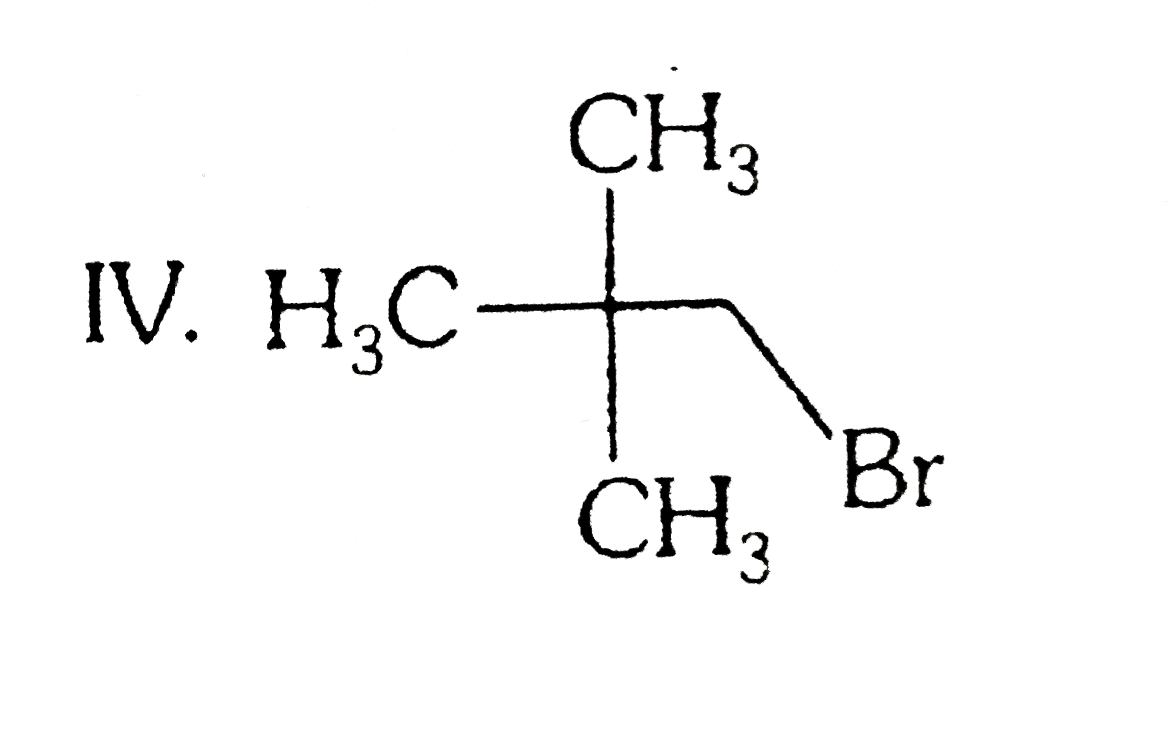Identify two physiological process induced by two different phytoharmones having a common precurer which is formed due to the catlytic activity of pyruvic dehydrogenous complex
(I) More female flowers in cucumber
(II) α-amylase production in barely grain
Acceleration of fruit ripening in tomato
(IV) Delay in sprouting of potato tubers
The correct combination is
A
I and II
B
I and III
C
II and IV
D
III and IV
Video Solution
Text Solution
The correct Answer is:D
|
Answer
Step by step video, text & image solution for Identify two physiological process induced by two different phytoharmones having a common precurer which is formed due to the catlytic activity of pyruvic dehydrogenous complex (I) More female flowers in cucumber (II) alpha-amylase production in barely grain Acceleration of fruit ripening in tomato (IV) Delay in sprouting of potato tubers The correct combination is by Biology experts to help you in doubts & scoring excellent marks in Class 12 exams.
Updated on:21/07/2023Topper's Solved these Questions
- PLANT GROWTH AND DEVELOPMENT BOOK - ARIHANT NEETCHAPTER - PLANT GROWTH AND DEVELOPMENT EXERCISE - CHAPTER EXERCISES (MEDICAL ENTRANCES SPECIAL FORMAT QUESTIONS ) ASSERTION & REASON
7 Videos
- PLANT BREEDING AND TISSUE CULTURE BOOK - ARIHANT NEETCHAPTER - PLANT BREEDING AND TISSUE CULTURE EXERCISE - Medical entrances gallery (Collection of questions Asked in NEET and Various Medical Entrance Exams)
44 Videos
- PLANTAEBOOK - ARIHANT NEETCHAPTER - PLANTAEEXERCISE - Chapter Exercises (C Medical entrances gallery)
80 Videos
Similar Questions
Knowledge Check
Nucleophilic aliphatic substitution reaction is mainly of two types: SN1 and SN2. The SN1 mechanism is a two step process. Reaction velocity of SN1 reaction depends only on the concentration of the substrate. Since product formation takes place by the formation of carbocation, optically active substrate gives (+) and (-) forms of the product. In most of the cases the product usually consits of 5−20% inverted product and 80−95% racemised species. The more stable the carbocation, the greater is the proportion of racemisation. In solvolysis reaction, the more nucleophilic the solvent, the greater is the proportion of inversion.
Which of the following compounds will give SN1 and SN2 reactions with considerable rate?
I. C6H5−CH2−Br (II) CH2=CH−CH2−Br (III) CH3−CH(Br)CH3 (IV)
Select the correct answer from teh codes given belowAI,II and IIIBI,II and IVCII,III and IVDI,II and IV
